The Beatles’ 1965 “double A-side” release of “We Can Work It Out” and “Day Tripper” might be a catchy testament to the band’s early years of jangly rock and roll, but it also served as a vinyl memento of one of the band’s most stressful songs they ever had to write.
Videos by American Songwriter
Although “Day Tripper” is now undeniably in the list of the Fab Four’s most iconic, anthemic tracks, it didn’t come as easy as other ‘Rubber Soul’ tracks like “Nowhere Man” or “I’m Looking Through You.” As John Lennon later said in Anthology, the band wrote the song “under complete pressure.”
The Band Wrote “Day Tripper” To Fulfill Label Requirements
The Beatles might’ve been a cohesive, artistic force of a band in the mid-1960s. But they were also a business—a highly profitable one at that—and the management team of that business expected the artists to meet deadlines and make sales quotes whenever necessary. Such was the case for the Fab Four ahead of the 1965 Christmas season.
One year after the band released the split featuring “We Can Work It Out” and “Day Tripper,” John Lennon and Paul McCartney admitted that the latter song was a “forced” composition (via The Complete Beatles Recording Sessions). Lennon came up with the signature blues lick, borrowing from Bobby Parker’s “Watch Your Step,” in an effort to fulfill the band’s contractual obligations to release a new single by December.
“It was a very hard going, that,” Lennon said in Anthology, “and it sounds it. “Day Tripper” was [written] under complete pressure, based on an old folk song I wrote about a month previous. It wasn’t a serious message song. It was a drug song. In a way, it was a day tripper — I just liked the word.”
The Song Was A Subtle Preview Into Their Later, Drug-Fueled Years
John Lennon clarified what he meant by “drug song” in David Sheff’s All We Are Saying, explaining that a “day tripper” referred to a weekend hippie—someone who participated in the drug-friendly, flower power counterculture movement but only halfway. Thanks to an LSD-dosing, party-hosting dentist (who later served as the inspiration for “Dr. Robert), John Lennon and George Harrison had already experienced acid.
But at that time, the counterculture movement hadn’t quite gained its mainstream momentum. Moreover, the Beatles were still in the shadow of their clean-cut early days of singing teeny-bopper love songs in black suits and bowl cuts. So, the band kept their references to drug use overt with their slang terms for “weekend hippies” and tongue-in-cheek references to a woman who’s a big teaser; she took me halfway there.
McCartney later admitted to the song’s true meaning in Barry Miles’ Many Years From Now. “[The song] was to do with tripping. Acid was coming in on the scene, and often, we’d do these songs about ‘the girl who thought she was it.’ But this was just a tongue-in-cheek song about someone who was a day tripper, a Sunday painter, Sunday driver, somebody who committed only in part to the idea. Whereas we saw ourselves as full-time trippers, fully committed drivers, she was just a day tripper.”
Photo by Central Press/Getty Images

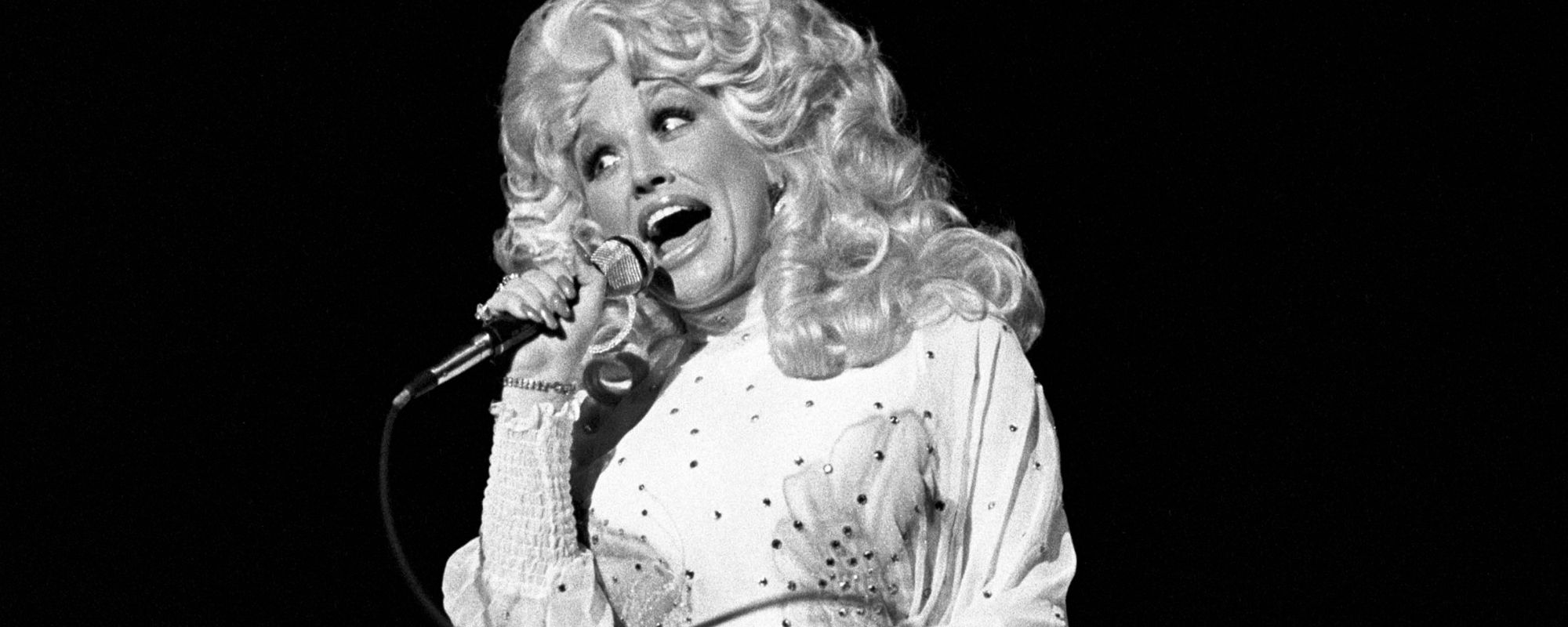

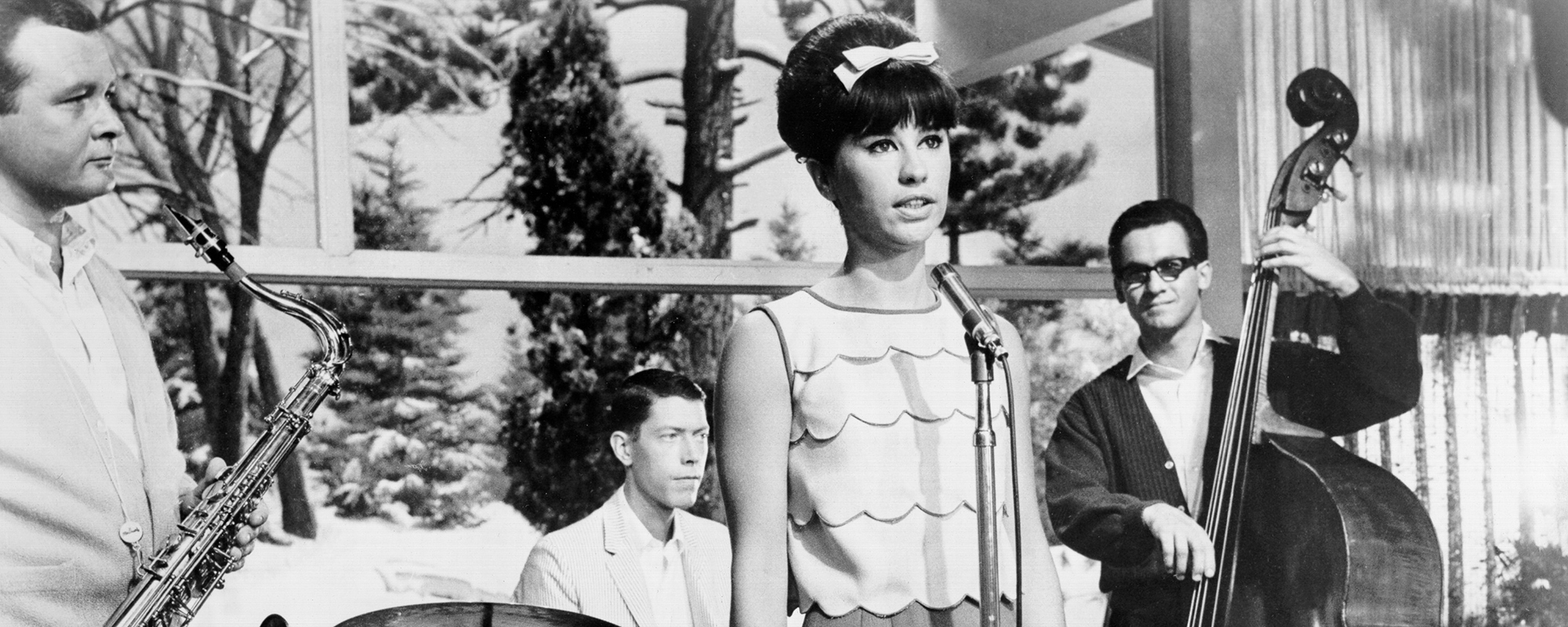
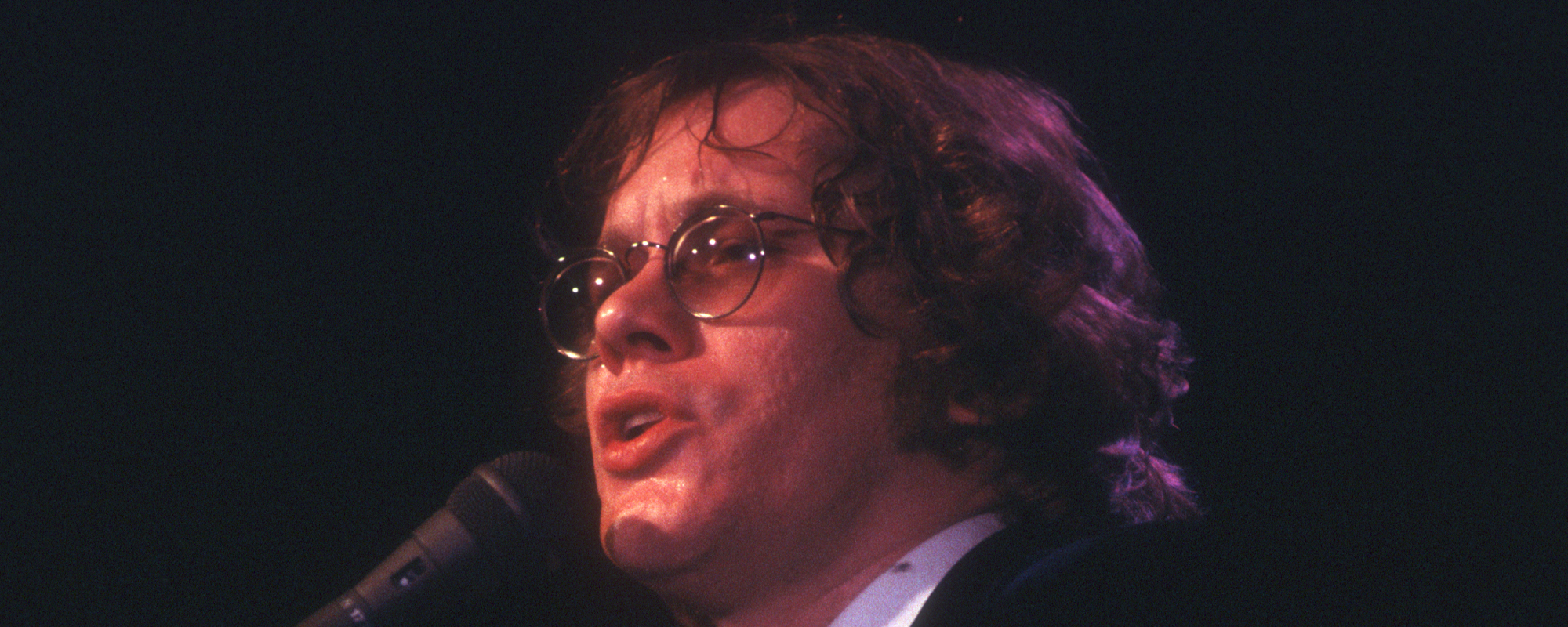






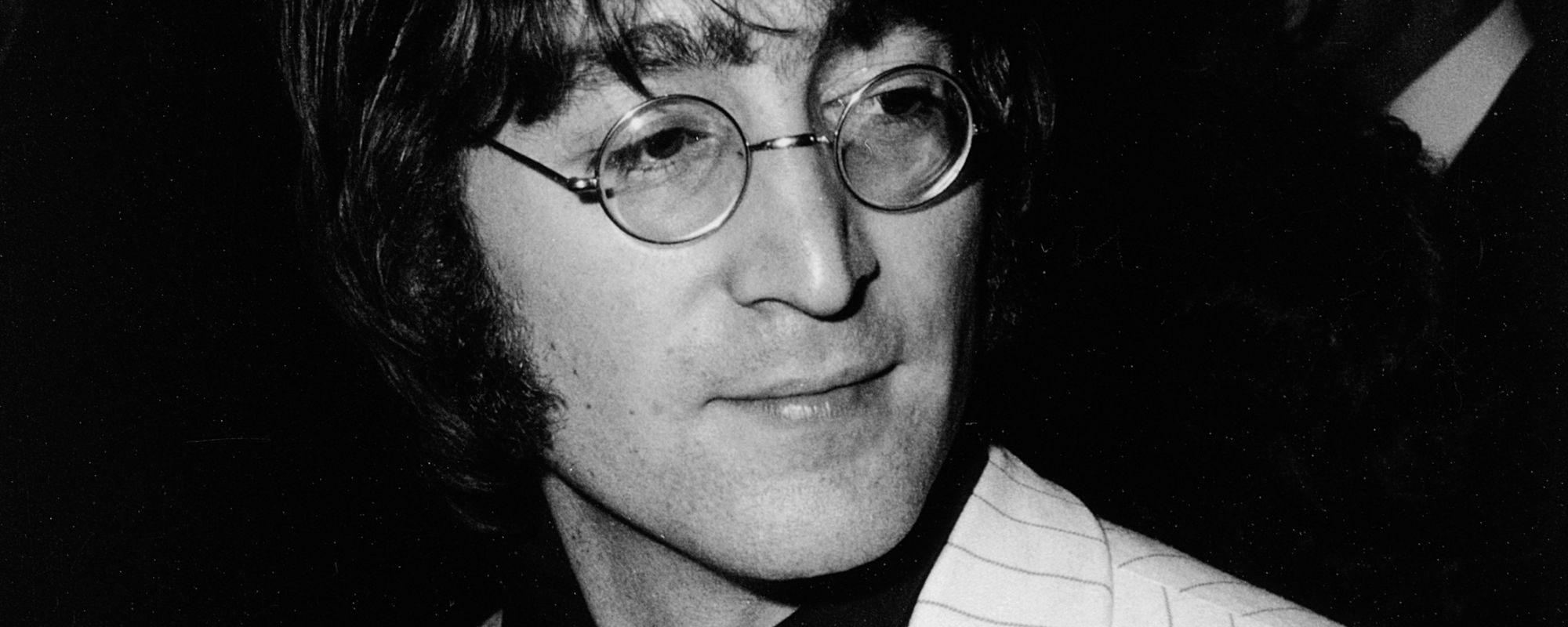
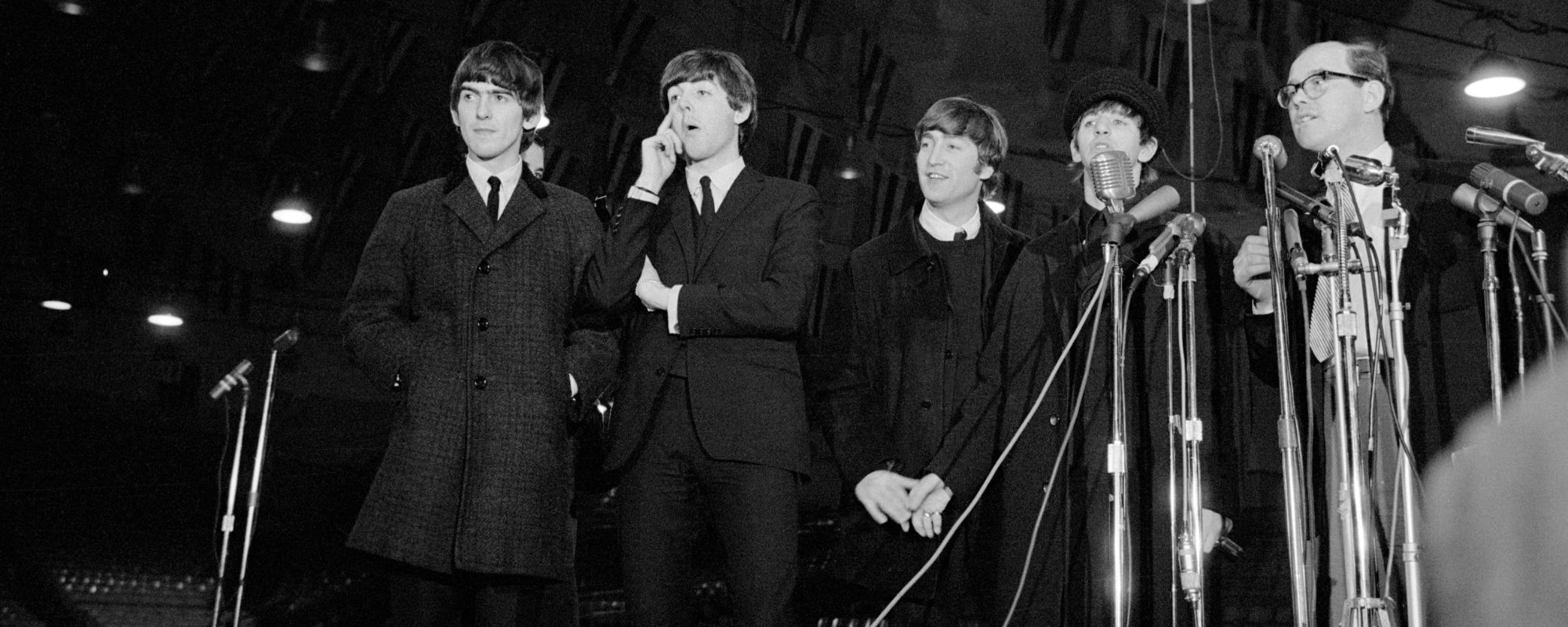
Leave a Reply
Only members can comment. Become a member. Already a member? Log in.